
Nikon has a rich history of producing some incredible lenses. Legendary optics like the 1970 Fisheye-Nikkor 6mm f/2.8, and the 1994 Zoom-Nikkor 1200-1700mm f/5.6-8P IF-ED. But there's a much more recent lens that I'd argue belongs in the same league; a future classic, the likes of which we may never see again, and one which even comes supplied with a camera.
Turn the clock back to the mid 2010s and the bridge camera zoom wars were in full swing. Canon, Nikon, Sony and Panasonic were going all-out to release cameras with ever-increasing optical zoom ranges, smashing through 50x, 60x and even 70x. Then in 2015, Nikon set what should have been an unbeatable benchmark: 83x optical zoom, courtesy of the Coolpix P900. That equates to a full-frame equivalent range of 24-2000mm, and no digital zoom cheatery was involved. With that kind of reach, surely, SURELY the bridge camera zoom wars were over - who could possibly need any more zoom that that, and even if there was such demand, could a lens even be made with a greater zoom range?
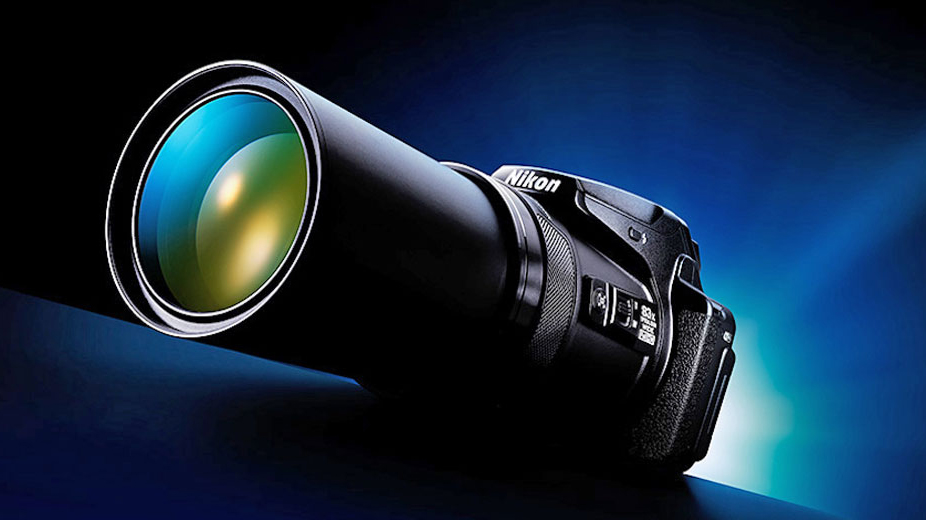
Fast forward three years to 2018. Other bridge camera manufacturers were clearly willing to give up the zoom fight as that 83x benchmark had not been beaten. But in one last triumphant flick of the middle finger to the competition, Nikon decides to create the biggest, maddest, most audacious bridge camera ever made. A camera that didn't just beat the P900's old 83x record, it absolutely obliterated it. With an unbelievable 125x optical zoom (equating to a full-frame-equivalent 24-3000mm focal range) the Nikon Coolpix P1000 instantly became a legend. A camera seemingly built purely to demonstrate Nikon's lens-making prowess. A concept camera made real.
At the time of its launch I was tasked with reviewing the P1000. Actually that's not quite true, it wasn't a 'task' - I jumped at the chance to review it. Back then such distinctive, boundary-pushing cameras were rare, so I wasn't going to miss out on sampling this one.
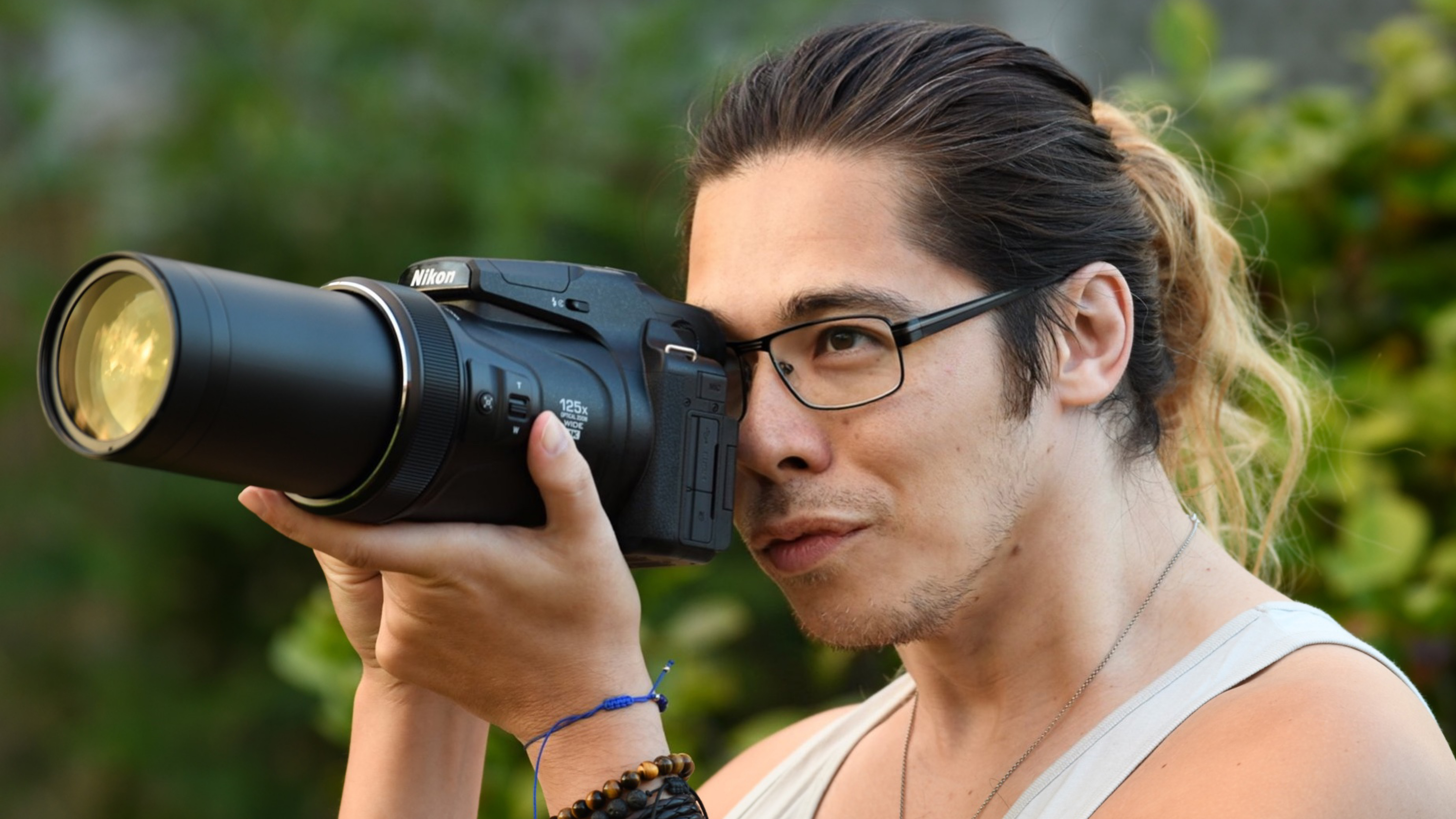
The obvious initial talking (laughing) point about the P1000 was its sheer size. Bridge cameras were already bulky beasts by this point, but the P1000 was next-level giant. Its 181mm length was immense for a bridge camera, but crank that zoom ring and the lens would extend... and extend... until at the maximum 125x zoom the overall physical length of the P1000 was almost double that initial 181mm figure. Sure, you could argue that a DSLR with a 70-200mm f/2.8 attached would be similarly sized, but this was different. Even a novice photographer could see that this was no DSLR, while the extending power zoom lens made the whole contraption resemble a zoom-lens compact camera, but one stuffed with steroids, and a bunch of socks down the crotch for good measure.
It so happened that my time with the P1000 coincided with the 2018 (and last ever) Photokina photographic trade show in Cologne, Germany. The P1000 was a completely inappropriate camera to take travelling when you're restricted to Ryanair's matchbox-sized definition of hand luggage, but I managed it, and it was worth it. I could have taken a Nikon D5 kitted out with any number of lenses and I'd have blended right in, but brandishing the P1000 bazooka made me an instant superstar, at least amongst the camera enthusiasts in attendance. Strangers from various European countries would come up to me to ask what on Earth this monstrosity was, only to be rendered speechless when I showed them them how far this thing could zoom (useful, as foreign languages really aren't my speciality).
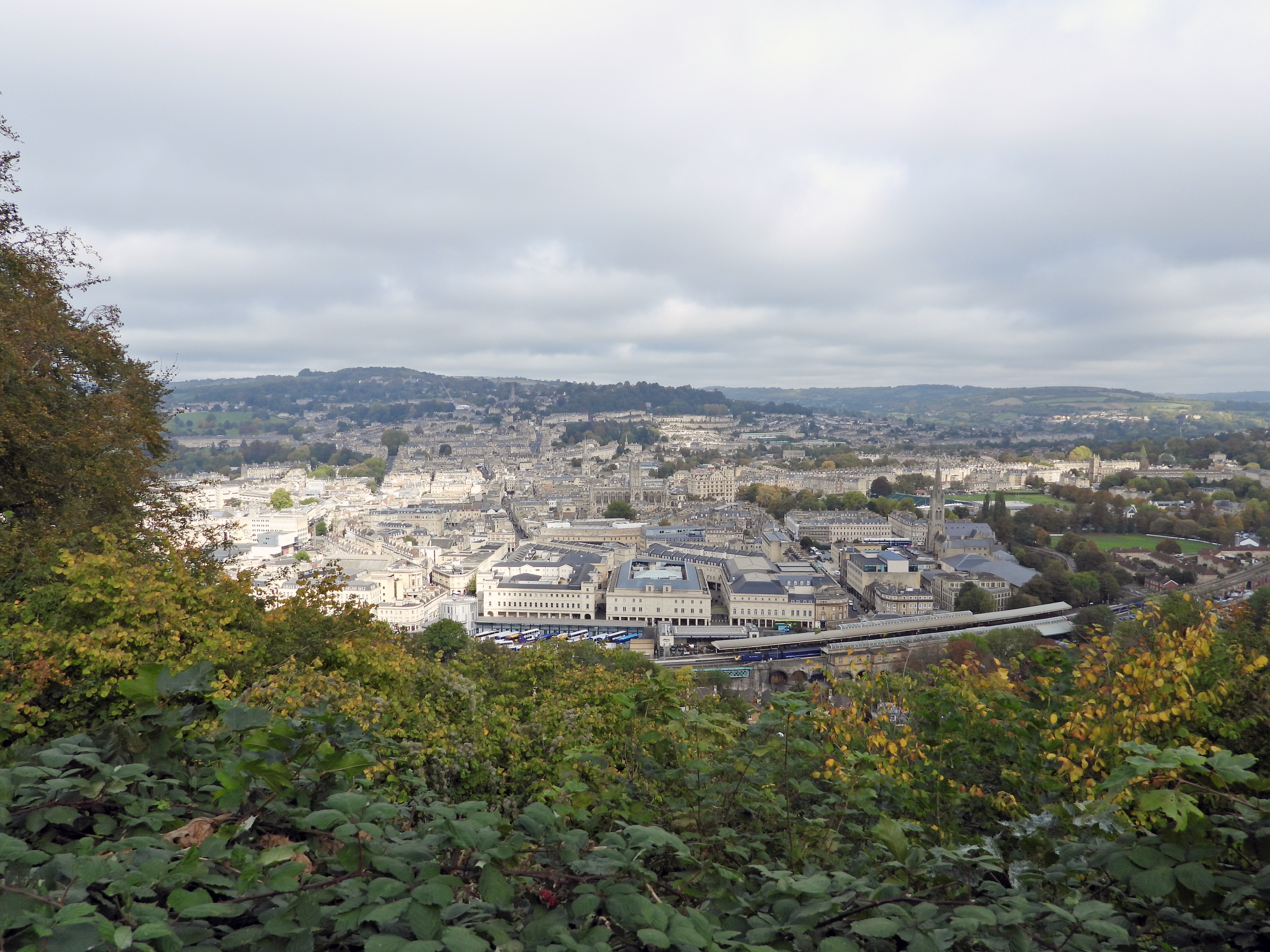
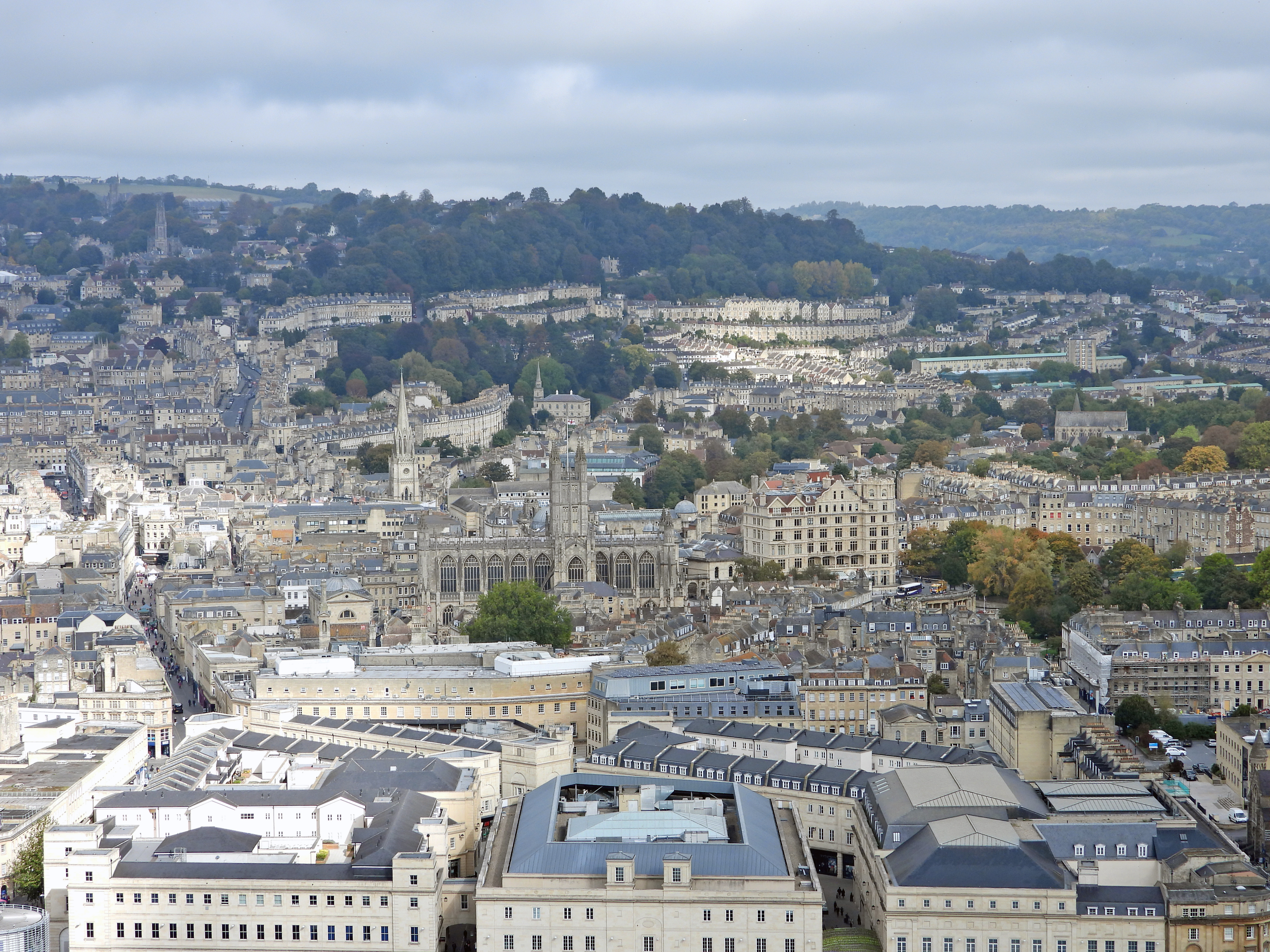

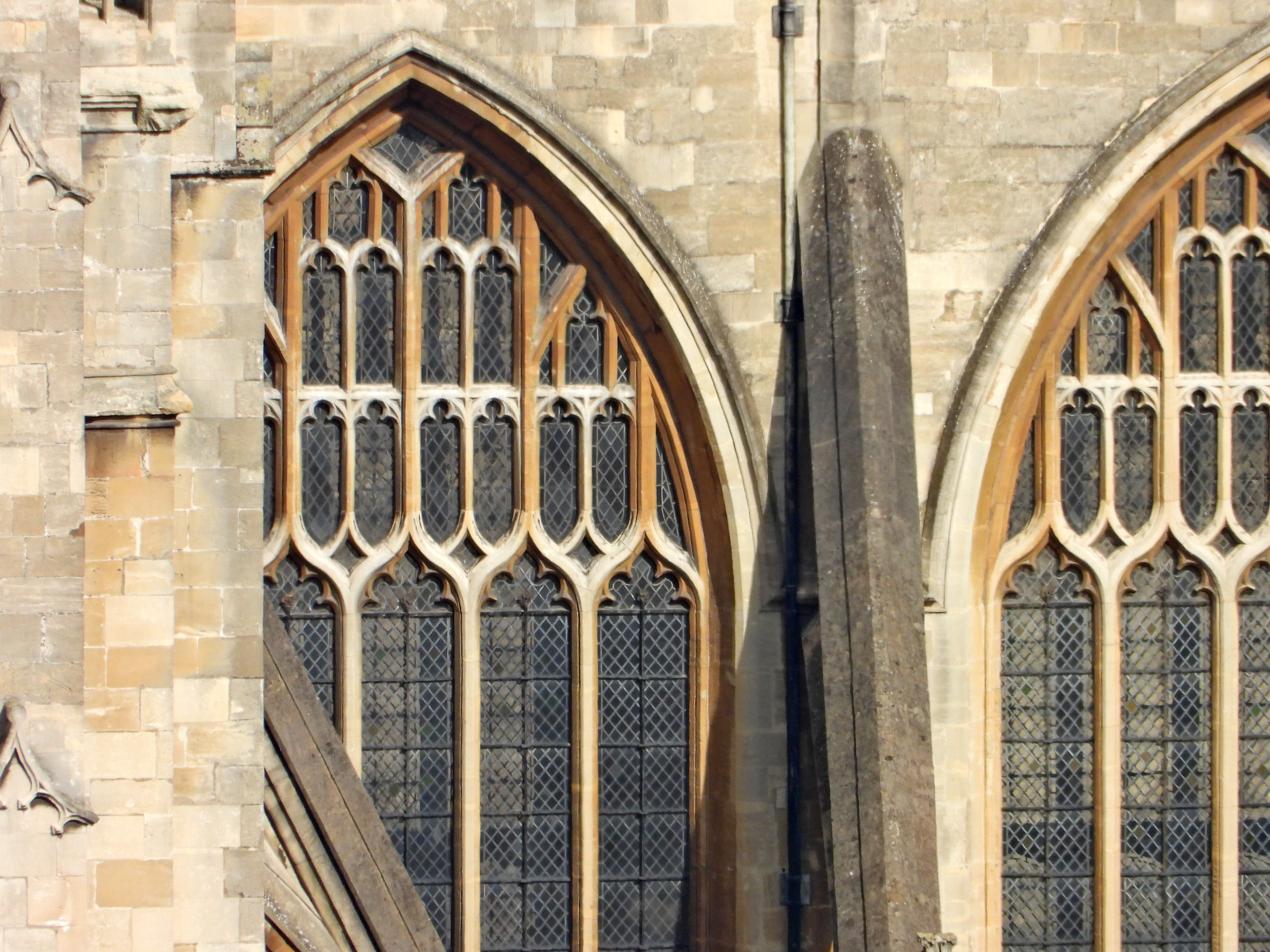
When I returned from Germany and wrote up my findings, I was more reserved about my admiration for the P1000. While it undoubtedly scores five stars for cool factor and its awesome lens, at its heart is still a tiny 1/2.3-inch sensor that you'd have found in any hum-drum Coolpix compact from the time, so image quality was never going to win any prizes. I did a few comparison shots with my phone of the day - an original Google Pixel - and the phone's image quality trounced that of the big Nikon, at least at a comparable wide-angle focal length. Then there was the small issue of price. The P1000, fittingly, cost 1000 dollars. That's a lot for a small-sensor compact camera, even if it is strapped to a lens the size of a drainpipe, that can double as a telescope.
I couldn't therefore recommend people actually go out and buy the P1000 with their hard-earned cash, at least not when other bridge cameras offered similar performance, still with enough zoom for any eventuality, in a more compact package, and for a lot less money. However, six years down the line, and with the P1000 seemingly at the end of its production, I would recommend snapping one up now. Not as a rational, practical, or value-driven proposition, but as a unique piece of history.
RIP, Nikon Coolpix P1000. I for one will lament your passing.







